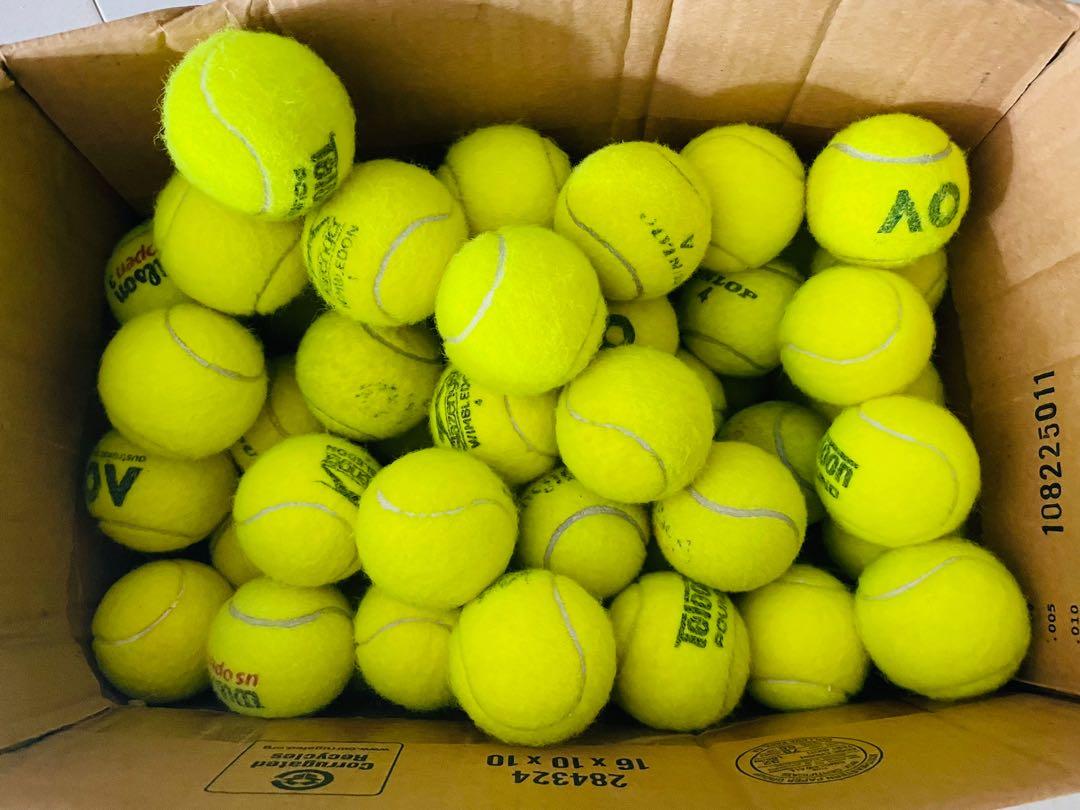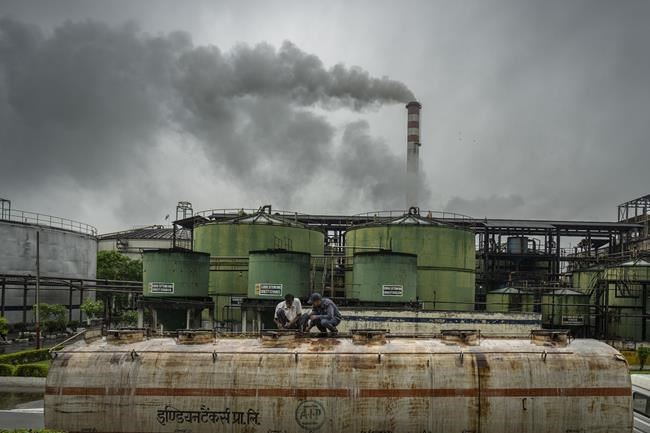뉴스&스피킹(영자신문)
하루 10분이면 영어에 대한 두려움을 극복하고 누구나 유창하게 영어를 구사하실 수 있습니다.
-
 Rolling Stones Announce First New Album in 18 Years The Rolling Stones said this week that their first new collection of songs in almost 20 years comes out on October 20.
Rolling Stones Announce First New Album in 18 Years The Rolling Stones said this week that their first new collection of songs in almost 20 years comes out on October 20.
The album will be called Hackney Diamonds. The name comes from broken glass often seen on the streets of east London’s Hackney area.
Three of the band’s original members - Mick Jagger, Keith Richards and Ronnie Wood – came to the Hackney Empire, a historic theater, for the announcement.
The Rolling Stones are still traveling the world and performing concerts, but they have not made an album since 2016. That recording did not include new material.
Richards, 79, said the band only made a new album because Jagger wanted to sing. So they went to record new songs after almost 20 years.
“When you have a singer that wants to sing,” Richards said, “you grab him and throw him in the studio.” Richards said the songs came together with “energy and urgency.”
Jagger, who is 80, said, “we are quite pleased,” with the new album. He said the group would not have put a recording together if “we hadn’t really liked it. We said we had to make a record we really love ourselves … we hope you all like it.”
They released the first song, called Angry, this week. But Jagger said the rest of the songs are not angry. He said the album contains “love songs, ballads, country…” sounds.
The new recording includes songs with Paul McCartney, Lady Gaga, Stevie Wonder and Charlie Watts, the Rolling Stones drummer who died in 2021. Watts recorded sounds for two songs in 2019. Steve Jordan is the drummer for the other 10.
“Of course, he’s missed incredibly,” Richards said about Watts. But he added that Jordan was Watts’ suggestion for a replacement.
Jagger said the addition of Lady Gaga to the album was unplanned. The Stones were recording at a studio in Los Angeles and Lady Gaga just happened to be in the studio next door. So, she recorded the song Sweet Sound of Heaven with the band.
“She walked in next to me and we started singing together,” Jagger said.
Wood said McCartney of the Beatles played the bass guitar on one track. “You know, he was loving it.” McCartney’s band was perhaps the Rolling Stones’ biggest rival in the 1960s.
Taric Fioravanti was one of the fans who lined up outside hoping to see the band arrive. He is from Brazil. “I love these guys,” he said. “They’re 80 years old. Most bands have stopped making music by that age,” he added.
The Rolling Stones started in 1962. They celebrated their 60th year with a tour of Europe in 2022 and they said they have plans to visit North America in 2024.
Wood, 76, plays guitar. He said the idea of retirement is “Impossible. You’ve got to keep playing,” he added.
I’m Dan Friedell.View -
 Tennis Looks for Solutions to Tennis Ball Waste The sport of tennis has a problem with waste that many players do not even recognize each time they open a new container of game balls.
Tennis Looks for Solutions to Tennis Ball Waste The sport of tennis has a problem with waste that many players do not even recognize each time they open a new container of game balls.
The balls are not recyclable. Almost all of the 330 million balls manufactured each year end up in waste, or garbage, landfills. Once there, it can take as long as 400 years for the balls to decompose. Major professional tennis competitions go through nearly 100,000 balls during two weeks of play.
The problem of tennis ball waste has sent ball makers, tennis officials, and recycling companies looking for solutions.
Nickolas J. Themelis is director of Columbia University’s Earth Engineering Center.
“Tennis balls, like a lot of objects, are made to be indestructible, which means they’re very resistant to mechanical processing,” he said.
“But do you take a useful object that lasts forever and say people shouldn’t use it because it lasts forever? That’s nonsense,” he added.
Themelis and other experts note that tennis balls make up a tiny percentage of the hundreds of millions of metric tons of garbage produced every year. He says part of the solution is finding ways to do other things with the balls.
“Anyone who would say you shouldn’t play tennis because of the tennis balls is misinformed,” said Jason Quinn, director of Colorado State University’s Sustainability Research Laboratory. He added, “There are things you can do to reuse and repurpose tennis balls to lessen the impact.”
Individual used balls sometimes become playthings for dogs or are re-used in other small ways. But, huge numbers of used balls can also be crushed to pieces for use as building material, like flooring.
Tennis ball materials
However, experts and environmental groups say that still does not solve the problem of tennis ball recycling. The balls’ outer soft layer, called the felt, is strongly attached to a soft center. The felt is a combination of wool and nylon which cannot be recycled.
In addition, the center of top-level balls are made with rubber from rubber trees. Environmental groups say this leads to deforestation in the Amazon.
Jason Collins is chief of international racquet sports for Wilson Sporting Goods company. He said that its top-level balls use rubber directly from the trees. However, he said Wilson also makes other tennis balls that include recycled rubber material.
Working on the problem
The International Tennis Federation (ITF) is a governing body of professional tennis. Last year the ITF brought together manufacturers, tennis officials and recyclers to begin working on the tennis ball issue. The group is working to find answers to questions such as: Is there a way to design a fully recyclable ball? Can the ITF change rules so balls are used longer in play? How well do various kinds of balls perform at different levels of play?
Currently, professional players change to a new set of balls after the first seven games and then after every nine games.
Jamie Capel-Davies is the head of science and tech at ITF. He said there are four levels in the effort to reduce the waste.
“First of all, to try and reduce the number of balls that are being used. Then reuse balls as best we can. Recycling is third,” he said.
The fourth level is disposal, meaning placing the balls in landfills. Most balls are disposed into landfills.
Manufacturers and recyclers have begun taking steps to reduce and reuse balls.
Wilson Sporting Goods introduced its Triniti ball that keeps air inside the core longer and has a stronger felt.
Vermont-based RecycleBalls says it expects to collect 3 million tennis balls this year from across the U.S and Canada.
“We believe in multiple lives for tennis balls,” said RecycleBalls leader Erin Cunningham. But, the group does not want the used balls to stay forever in their storage center.
“We need to make sure that there’s actually demand for recycled product on the back end,” Cunningham said.
Columbia University’s Themelis believes the final resting place of tennis balls should not be landfills but waste-to-energy plants that burn garbage to generate electricity.
However, opponents of the idea say burning the balls to create electricity also adds to air pollution. They say there are better and cleaner new uses.
I’m Andrew Smith. And I'm Gena Bennett.View -
 Are Biofuels a Clean Source of Energy? India has proposed an alliance to speed up the development of biofuels to support energy transition worldwide.
Are Biofuels a Clean Source of Energy? India has proposed an alliance to speed up the development of biofuels to support energy transition worldwide.
Biofuel is a kind of fuel produced from agricultural products or organic waste.
India plans to announce the alliance at the G-20 gathering in New Delhi. It is expected that more than 15 countries will sign up to be part of the alliance. The United States, Canada, and Brazil are among a few of the countries expected to join India in such an alliance.
What are biofuels?
Humans have used biofuels since ancient times. For example, humans burn wood and animal waste for cooking, heating, and light. They have gained popularity in recent years for their possibility to deliver cleaner energy than some other sources.
Biofuels are grouped based on their source. Each group is known as a “generation.” First-generation biofuels come from food crops like corn and sugar cane. Second generation come from non-food crops and agricultural waste. And third-generation come from small plants called algae.
Ethanol, biodiesel, and biogas are popular kinds of biofuels. They can be produced from any of these sources and are grouped based on the source from which they are produced. For example, ethanol produced from farm-grown corn is grouped as first-generation ethanol.
Are biofuels always a source of clean energy?
Biofuels are not always a clean source of energy. But it depends on how it is produced. A biofuel made from waste, for example, with renewable energy to power the production, would have little or no greenhouse gas production, making it a clean fuel. But when crops are grown to just produce biofuels, the fertilizer and nonrenewable fuels needed to produce the fuel make it much less clean.
“If you look at the full life cycle of producing biofuels, it’s many times not clean,” said Lydia Powell. She is an energy policy researcher at the New Delhi-based Observer Research Foundation. She has followed developments related to biofuels for over 20 years.
Biofuels can also mean land that could have produced food is being used for energy. They can add to deforestation when land is cleared for their production.
Powell noted Europe’s imports of plant-based palm oil from Indonesia and other East Asian countries to make biodiesel for cars and trucks. Those imports greatly fell after the European Union banned the sale of palm oil and other palm-based products when they could be linked to deforestation.
“They were destroying natural forests to plant palm trees so you produce oil to export to Europe. When you destroy forests, you destroy large chunks of carbon sinks,” Powell said.
Those problems have led to debates about exactly how sustainable biofuels are.
What are biofuels used for?
Biofuels are often used for transportation of people and products.
Experts say once they are made, biofuels produce little to no greenhouse gases when used. The same cannot be said with the fossil fuels they are mixed with.
But there is a hope that biofuels might completely replace fossil fuels to power airplanes and ships.
“They are one option among a larger set of solutions,” said Jane O’Malley of International Council on Clean Transportation, a Washington-based independent nonprofit.
O’Malley said it is important to use the right kind of biofuel for the right purpose. She said it is important for countries using biofuels to move as quickly as possible to produce them with little to no greenhouse gas production.
I’m Gregory Stachel.View -
 What Is 'Empty Nest Syndrome'? And now, Words and Their Stories, from VOA Learning English.
What Is 'Empty Nest Syndrome'? And now, Words and Their Stories, from VOA Learning English.
On this program we explore words and expressions in the English language. We give definitions, examples, and notes on usage.
Today we talk about a word from the animal world – a nest. For some animals, especially birds, a nest is a shelter and a place to raise their young. So, it should not be surprising that we use the word “nest” to talk about our homes.
A nest can describe a comfortable home. And if you like to nest, you like to make your home comfy and cozy. In fact, a childbirth expert may tell pregnant women to expect strong nesting feelings to develop late in their pregnancy. This common experience is a way a woman’s body prepares for the arrival of the new baby.
However, feathering your nest is quite a different thing. If you feather your own nest, you are not making your home comfortable by adding feathers. You are making yourself rich, especially in a way that is unfair or dishonest.
But let’s get back to nesting.
An empty nest is a family home where the children have grown up and left. So, an empty nester is a parent whose children have grown up and left home.
Some parents may feel sad or lost when they become empty nesters. This is called empty nest syndrome. While parents may feel sad, most children are happy to become independent and fly the coop. “To fly the coop” is a very informal expression that means the children have left the family home.
A coop is a small structure people make for domesticated birds -- namely chickens: hens and roosters. We call these shelters either a “chicken coop” or a “hen house.” But, for some reason, we never say “hen coop” or “chicken house.”
Online, you might see the expression “fly the nest.” That might be more of a British English saying. In the States, when often “fly the coop” rather than “fly the nest” to mean children have left home.
However, the expression “fly the coop” has another meaning. If someone flies the coop, they leave suddenly or secretly. For example, we could say a criminal who snuck out of prison flew the coop.
And that’s all the time we have for this Words and Their Stories. Once you are finished learning all the English you can, you might have to fly the VOA Learning English coop! But until that happens, keep listening!
Until next time … I’m Anna Matteo.View -
 UN: This Summer Has Been the Hottest on Record The World Meteorological Organization (WMO) says Earth just had its hottest summer ever in the Northern Hemisphere.
UN: This Summer Has Been the Hottest on Record The World Meteorological Organization (WMO) says Earth just had its hottest summer ever in the Northern Hemisphere.
Summer ends on September 22 this year in the world’s northern half.
Last month was the hottest August ever recorded with modern equipment since 1979. It was also the second hottest month ever measured, behind only July 2023. The WMO and the European climate service Copernicus made the announcement Wednesday.
August was about 1.5 degrees Celsius warmer than pre-industrial averages. That is the limit world leaders have said the world must not pass. Scientists, however, are more concerned about temperature increases over many years and not just a few months.
So far, Copernicus said 2023 has been the second hottest year that it has recorded, behind only 2016. But the University of Maine’s Climate Reanalyzer, a website, reported that daily September temperatures are higher than those recorded for the same period in earlier years.
The WMO also said the world’s oceans were the hottest ever recorded at nearly 21 degrees Celsius. Water covers more than 70 percent of the Earth’s surface.
“The dog days of summer are not just barking, they are biting,” United Nations Secretary-General Antonio Guterres said in a statement. “Dog days of summer” is an expression used to describe the time of hot and humid weather during the summer. The expression might have come from ancient Greece when extreme heat was said to drive both dogs and humans insane.
Scientists blame the heat on the burning of coal, oil and natural gas and the added influence from El Niño for the warming climate. El Niño is a temporary warming of the southern Pacific Ocean that affects weather worldwide. The weather event changes weather around the world and even more so in its second year.
Climatologist Andrew Weaver was not surprised by the numbers. He said governments have not taken global warming seriously enough. He expressed concern that the public will forget the issue when temperatures fall again.
“It’s time for global leaders to start telling the truth,” said Weaver who is a professor at the School of Earth and Ocean Sciences at the University of Victoria in Canada. “We will not limit warming to 1.5 Celsius; we will not limit warming to 2.0 Celsius. It’s all hands on deck now to prevent 3.0 Celsius global warming.”
Copernicus Climate Change Service Director Carlo Buontempo said the high temperatures were “not only new extremes” but continuing “record-breaking conditions.”
While the world’s air and oceans were setting records for heat, Antarctica continued to set records for low amounts of sea ice, the WMO, the United Nations weather agency, said.
“Antarctic sea ice extent was literally off the charts, and the global sea surface temperature was once again at a new record,” WMO’s secretary-general, Petteri Taalas, said in a statement.
Taalas added, “It is worth noting that this is happening BEFORE we see the full warming impact of the El Nino event.”
I’m Dan Friedell.View

